
There are many species of seals, including the northern seal subfamily (Phocinae) and the southern seal subfamily (Monachinae). In addition, there are common seals, gray seals, striped seals, Mediterranean monk seals, leopard seals, etc. Seals are typical animals of the coasts of cold regions. They...
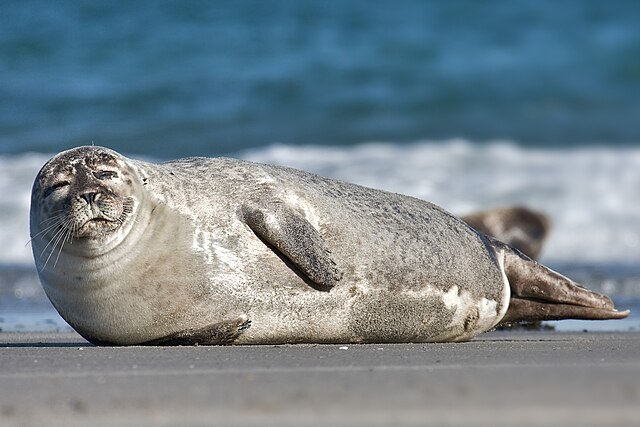
Seals are marine animals widely distributed along the coasts of the world's oceans. They are known for their flexible swimming ability and thick subcutaneous fat. Many people have doubts about the biological classification of seals: Are seals mammals? In fact, seals are indeed mammals, belongin...
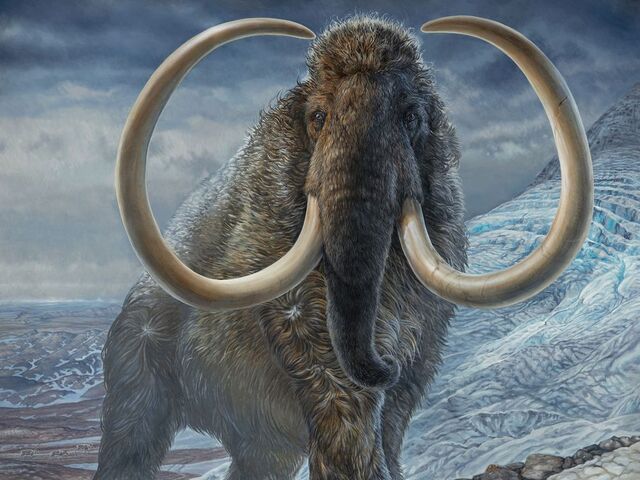
The Ice Age, or Pleistocene Epoch, was a period that lasted from about 2.6 million to 11,700 years ago. It was characterized by repeated glaciations and freezing temperatures, which created unique and challenging environments for the animals that lived during this time. From massive megafauna like t...
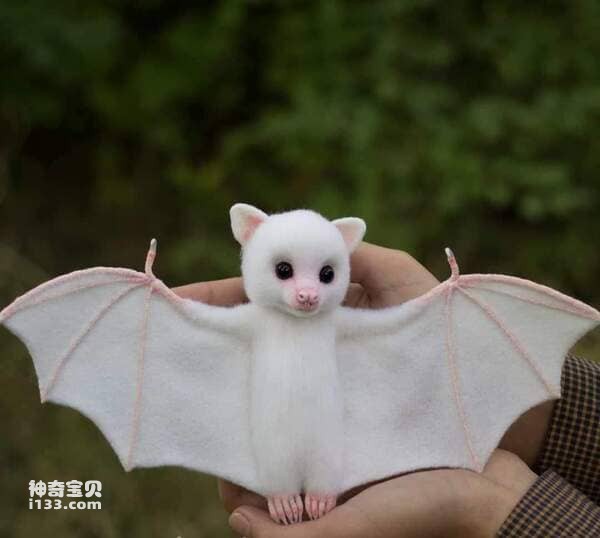
There are many kinds of animals on the earth, and they have different appearances. Some are majestic, some are cute and naive, and some look unbearable. Today we take a look at the top ten cutest animals in the world, which are giant pandas, harp seals, koalas, angora rabbits, alpacas, pengui...
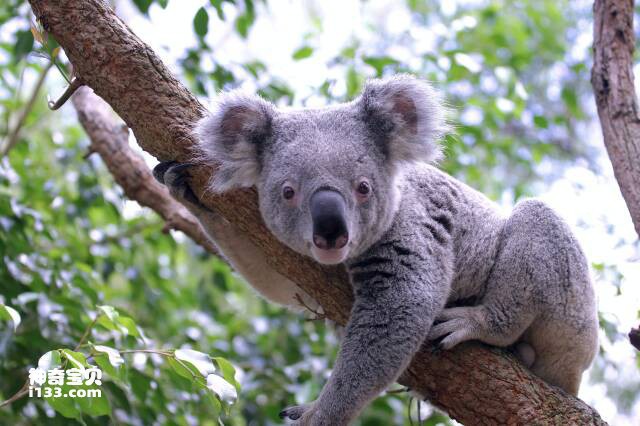
According to scientific research, some animals fall asleep more easily and sleep more deeply than others. Here are the top ten animals thought to sleep the most: 1. Koala: Koalas sleep 18-22 hours a day, basically sleeping all day long. They usually sleep durin...

Antarctica is a unique place with many unique animals. The most famous of these is undoubtedly the penguin. Antarctica is also home to other species of birds, such as albatrosses, seabirds, and snowy shearwaters, as well as a variety of pinnipeds, such as fur seals, fur seals, walruses, and sperm wh...
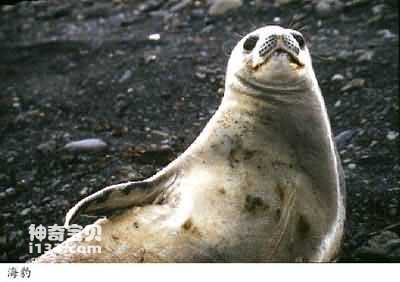
In the seal pool in the seaside park, the seals swim and play in the water all day long. They are lively and cute. If trained, it can also perform performances such as playing ball. The seal has a round body, mottled body color, and sparse fur. Subcutaneous fat is very thick, making the body...
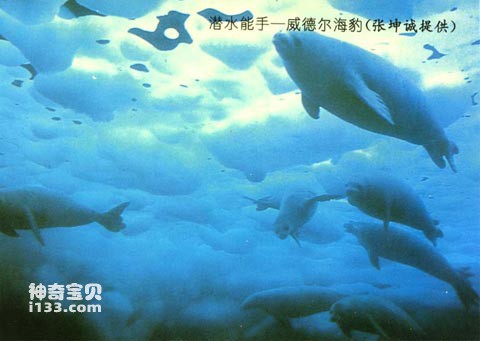
The Antarctic Weddell seal is also an excellent diver. It can dive to a depth of 600 meters for as long as an hour. What is the secret of such deep and long dives? Scientists conducted research in laboratory simulation sites and found that the physiological functions of Weddell seals change greatly during diving to adapt to the needs of diving. When a seal good at diving dives, the heart beat of the Weddell seal immediately drops from 55 to 15 times per minute, and the blood flow of the heart dr...
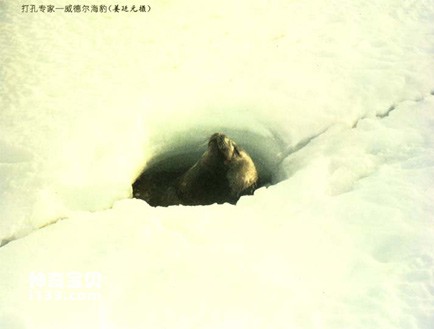
The Weddell seal, which inhabits the ice areas and ice edges of the Southern Ocean, is a master hole-puncher and a powerful assistant to oceanographers. Experts in burrowing - Weddell seals Weddell seals need to constantly surface to breathe, with intervals of 10 to 20 minutes and up to 70 minutes. When there is no ice, it is easy to rise to the surface to breathe. However, when the sea surface freezes, breathing becomes a big problem for Weddell seals. When a Weddell seal is trapped on sea ice ...
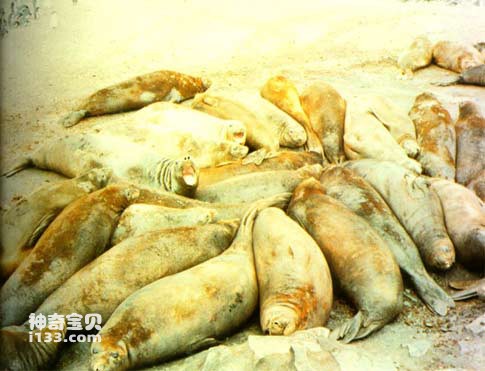
Elephant seals are distributed in the waters around Antarctic oceanic islands, breed on land, and like to live in groups. Whenever the breeding season comes in August and September, groups of elephant seals come ashore and start occupying territory and looking for mates. At this time, the bea...

There are six species of seals that inhabit the south of the Antarctic Convergence Zone, namely saw-tooth seals, elephant seals, leopard seals, Weddell seals, Ross seals and sea lions. The largest is the elephant seal, and the most numerous is the saw-toothed seal. Among these six species of seals,...
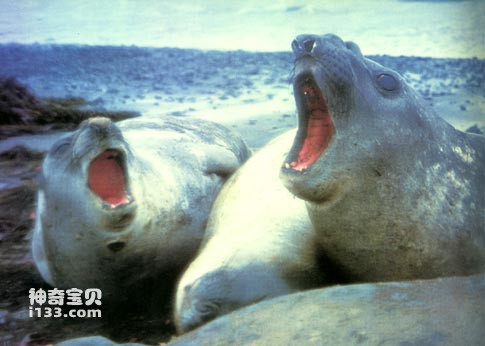
Seals are pinniped mammals with streamlined bodies, short and smooth fur, and strong wind and cold resistance. It can not only live in the water, but also land and inhabit, feeding on marine life. It is good at swimming and diving. Its swimming speed is 20 to 30 kilometers per hour, up to 37 kilomet...
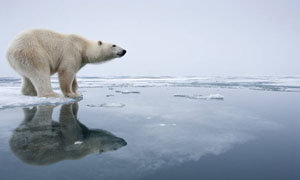
Antarctica has plenty of sea ice and abundant food sources, but polar bears have nowhere to go. Arctic and Antarctic habitats have many similarities, but the creatures that inhabit them are very different. Both polar regions are home to seals and whales, but only the Nort...